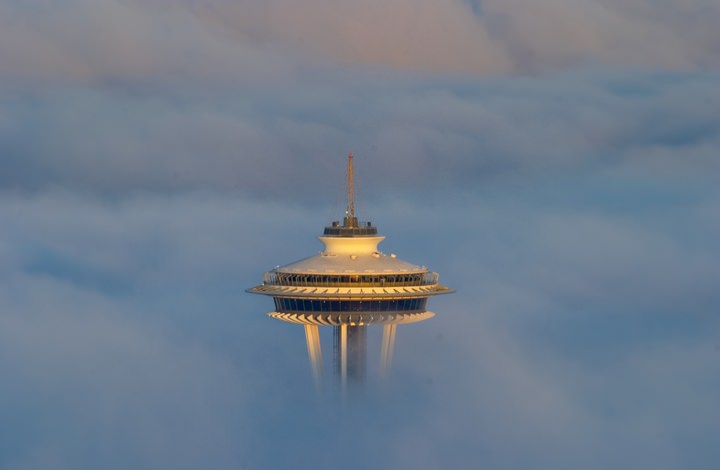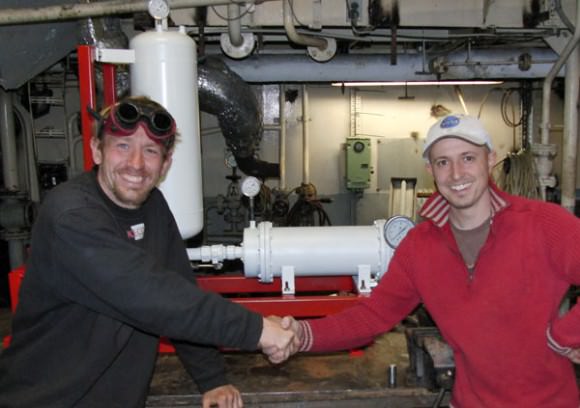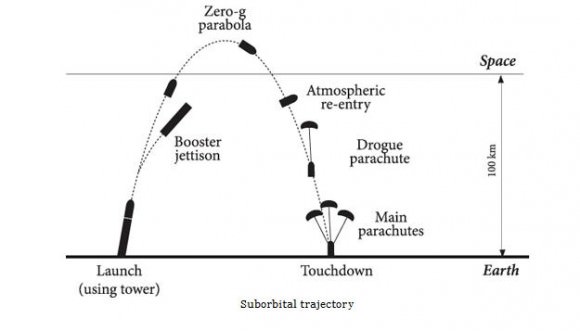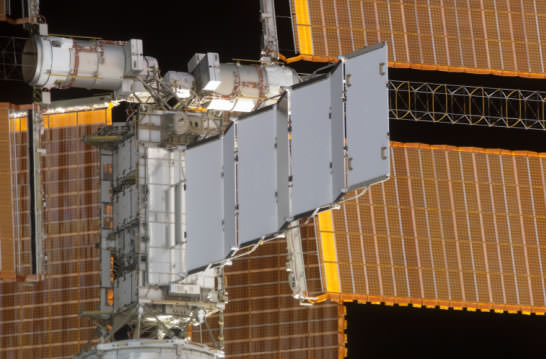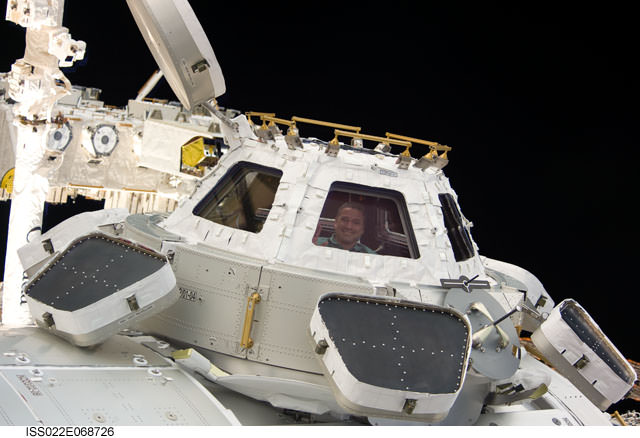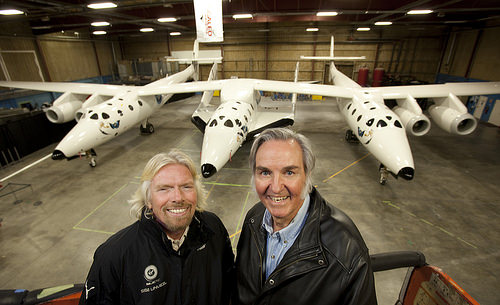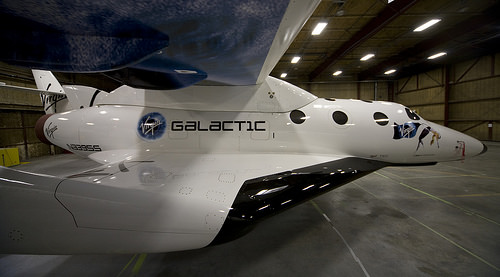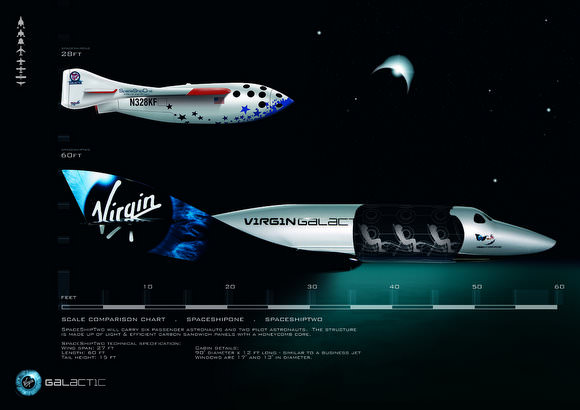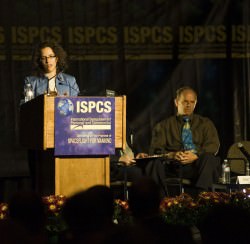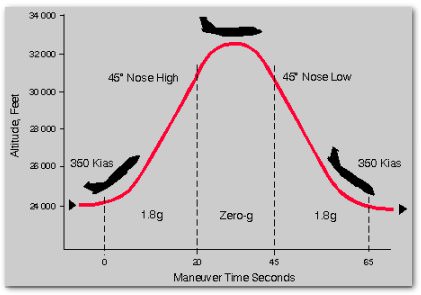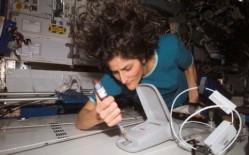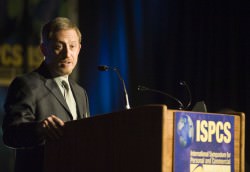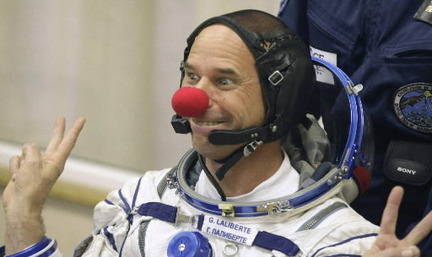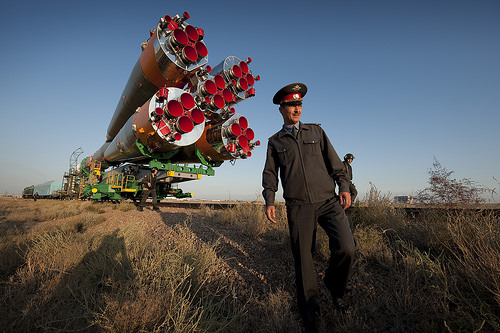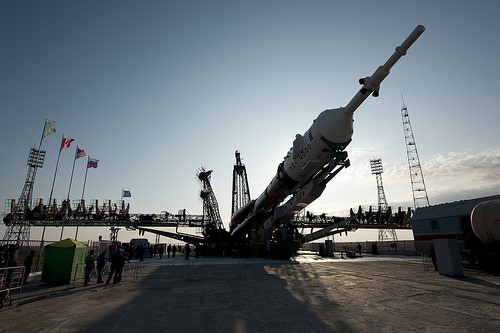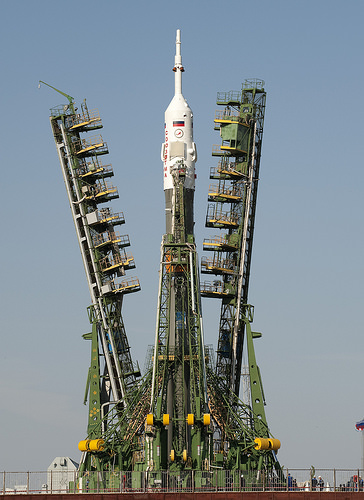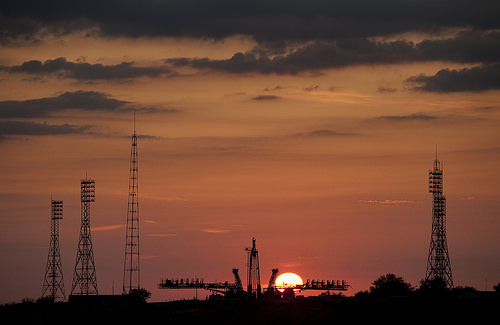[/caption]
Arthur C Clarke allegedly said that the space elevator would be built fifty years after people stopped laughing. The first space tower though… well, that might need a hundred years. The idea of raising a structure from the ground up to 100 kilometers in height seems more than a bit implausible by today’s engineering standards, given that we are yet to build anything that is more than one kilometer in height. The idea that we could build something up to geosynchronous orbit at 36,000 kilometers in height is just plain LOL… isn’t it?
Space tower proponents point to a key problem with the space elevator design. It may only be after we have spent years inventing a method to manufacture 36,000 kilometers of flawless carbon or boron nanotube fiber – which is light enough not to break under its own weight, but still strong enough to lift an elevator cabin – that we suddenly realize that we still have to get power to the cabin’s lifting engine. And doesn’t that just mean adding 36,000 kilometers of conventional (and heavy) electrical cable to the construction?
Mind you, building a space tower brings its own challenges. It’s estimated that a steel tower, containing an elevator and cabling, of 100 kilometers height needs a cross-sectional base that is a 100 times greater than its apex and a mass that is 135 times greater than its payload (which might be a viewing platform for tourists).
A solid construction capable of holding up a launch platform at 36,000 kilometers altitude might need a tower with ten million times the mass of its payload – with a cross-sectional base covering the area of, say, Spain. And the only construction material likely to withstand the stresses involved would be industrial diamond.
A more economical approach, though no less ambitious or LOL-inducing, are centrifugal and kinetic towers. These are structures that can potentially exceed a height of 100 kilometers, support an appreciable mass at their apex and still maintain structural stability – by virtue of a rapidly rotating loop of cable which not only supports its own weight, but generates lift through centrifugal force. The rotation of the cable loop is driven by a ground-based engine, which can also drive a separate elevator cable to lift courageous tourists. Gaining altitudes of 36,000 kilometers is suggested to be achievable by staged constructions and lighter materials. But, it might be sensible to first see if this grand design on paper can translate to a proposed four kilometer test tower – and then take it from there.
There are also inflatable space towers, proposed to be capable of achieving heights of 3 kilometers with hot air, 30 kilometers with helium or even 100 kilometers with hydrogen (oh, the humanity). Allegedly, a 36,000 kilometer tower might be achievable if filled with electron gas. This is a curious substance argued to be capable of exerting different inflationary pressures depending on the charge applied to the thin-film membrane which contains it. This would allow a structure to withstand differential stresses – where, in a highly charged state, the highly excited electron gas mimics a molecular gas under high pressure, but with a reduced charge it exerts less pressure and the structure containing it becomes more flexible – although, in either case, the overall mass of the gas remains unchanged and suitably low. Hmmm…

If this all seems a bit implausible, there’s always the proposed 100 kilometer high space pier that would enable horizontal space launch without rocketry – perhaps via a giant rail gun, or some other similarly theoretical device that works just fine on paper.
Further reading: Krinker, M. (2010) Review of new concepts, ideas and innovations in space towers. (Have to say this review reads like a cut and paste job from a number of not-very-well-translated-from-Russian articles – but the diagrams are, if not plausible, at least comprehensible).

